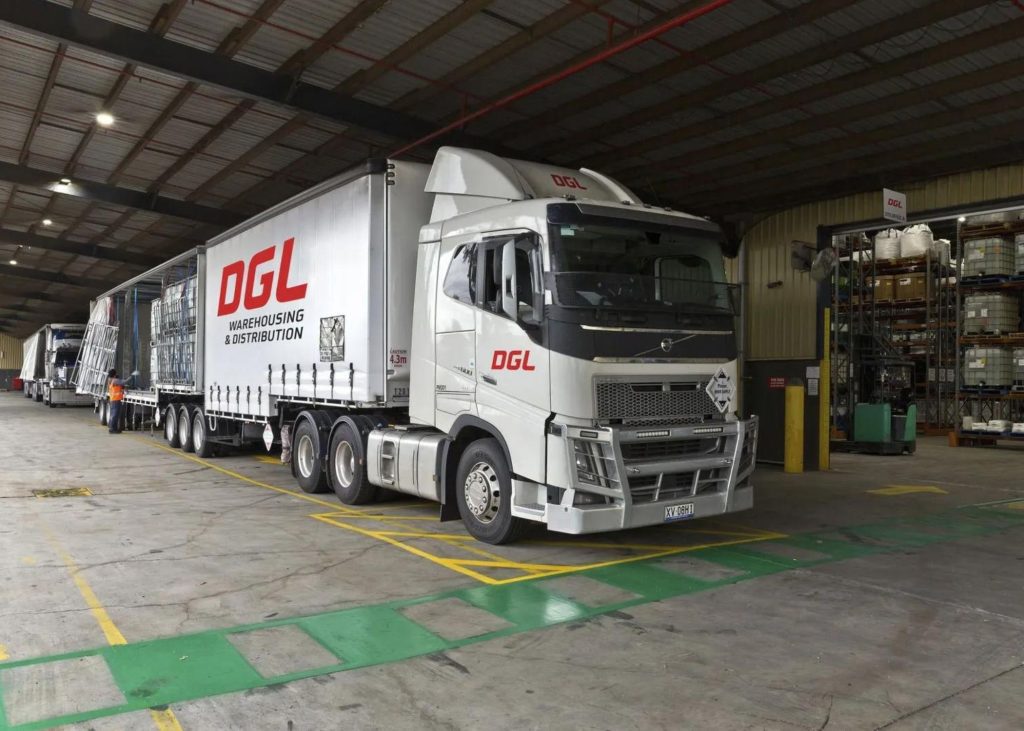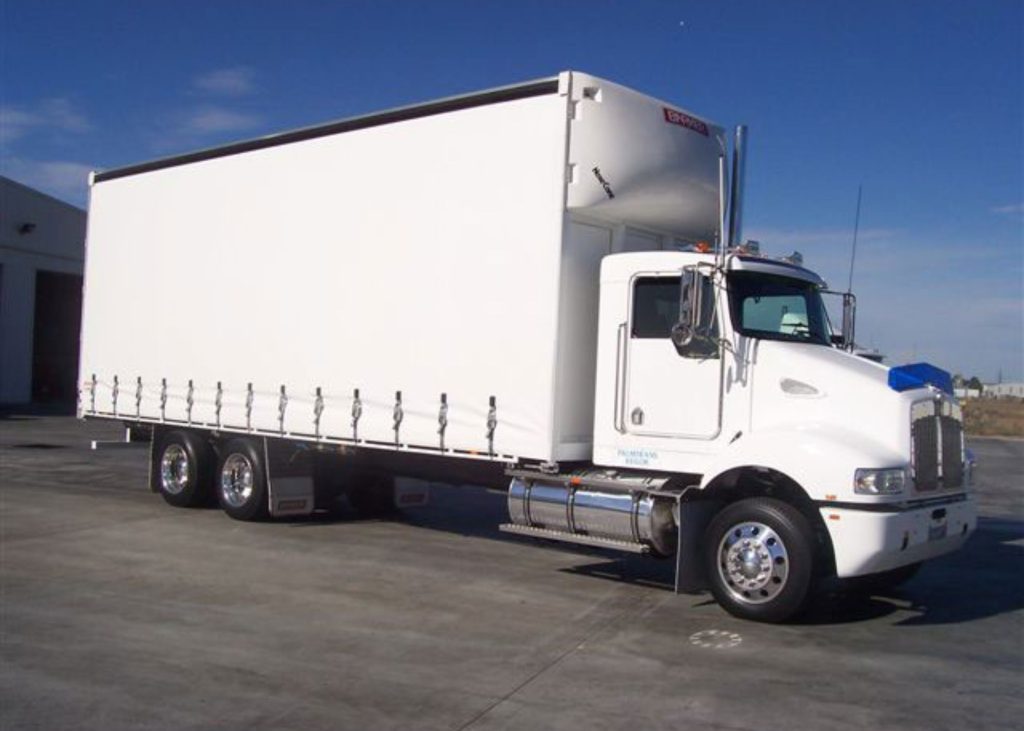In today’s fast-paced business environment, the speed at which operations are conducted can significantly impact a company’s cashflow.
For businesses in the transport, warehousing, and logistics sectors, delays in processes can mean a slower cashflow cycle, affecting liquidity and the ability to invest in growth opportunities.
One of the primary culprits of these delays? The traditional method of handling deliveries and invoicing.
However, with the advent of advanced transport management systems, businesses can now drastically reduce these delays, ensuring a faster cashflow cycle.

The Traditional Cashflow Cycle in Transport
In the transport sector, the cashflow cycle has historically been a lengthy and often cumbersome process. Without the aid of modern technology and automation, businesses had to rely on manual methods, leading to potential delays and inefficiencies.
This traditional approach not only affected the speed of operations but also had implications for a company’s financial health.
Step-by-Step Traditional Cashflow Cycle
Understanding the intricacies of the traditional cashflow cycle is crucial to appreciate the need for modern solutions. Here’s a breakdown of the process:
- Drivers Deliver Goods: Once goods are loaded, drivers transport them to the designated destination.
- Goods Confirmation: Upon arrival, the recipient checks and confirms the goods have been received in the expected condition.
- Return of Paperwork: Drivers then take the confirmation paperwork and return it to the depot. This could be done immediately or days later, depending on various factors.
- Order Marked as Delivered: The office team, after receiving the paperwork, goes through it and then marks the order as delivered in their system. This step can be immediate or take several days.
- Preparation for Invoicing: Once the delivery is confirmed, the order is then prepared and marked ready for invoicing.
- Invoice Issuance: The final step involves issuing the invoice, often with terms such as 30 days for payment.
As you can see, this step-by-step process is functional, but has several stages where delays can creep in, affecting the overall efficiency of the cashflow cycle.
Challenges of the Traditional Cashflow Cycle
The traditional cashflow cycle, while tried and tested, presents several concerns for businesses.
Inherent Delays
One of the most significant challenges of the traditional cashflow cycle is the inherent delays at various stages. From waiting for drivers to return paperwork to the time it takes for the office team to process and mark orders. These days can accumulate and add onto the standard 30 days businesses wait for payment after issuing an invoice.
Over time, they can lead to a substantial lag in the cashflow cycle, affecting a company’s liquidity and ability to reinvest in growth opportunities.
Dependency on Physical Paperwork
The traditional system’s heavy reliance on physical documents poses multiple risks. Paperwork can be easily misplaced, damaged, or even lost, leading to further delays in the process.
Additionally, physical storage requires space and can become a logistical challenge as a business grows. Retrieving old records can also become a time-consuming task, hindering efficiency.
Human Error
Manual processes are always susceptible to human error. Whether it’s a misentry during the order marking process, incorrect details on an invoice, or miscommunication between teams, these errors can have financial implications.
Disputes arising from such mistakes can lead to strained business relationships and potential revenue loss.
Lack of Real-Time Tracking
In the age of instant information, operating without real-time insights can be a significant disadvantage.
The traditional cashflow cycle doesn’t offer businesses the ability to track orders in real-time. This lack of visibility means companies often operate in the dark, making it challenging to plan, make informed decisions, or address issues promptly.
Given these challenges, it’s clear that businesses in the transport sector need to look towards modern solutions to streamline their operations and ensure a faster, more efficient cashflow cycle.

The Power of Automation with a Transport Management System
Embracing modern technology and automation can revolutionise the cashflow cycle in the transport sector.
With cutting-edge transport management system software solutions, businesses can achieve a streamlined approach that not only speeds up operations but also ensures accuracy and efficiency at every step.
Step-by-Step Cashflow Cycle with Automation Software
To truly grasp the transformative impact of TMS software, let’s delve into the automated process it facilitates:
- Drivers Deliver Goods: With effective logistics software in place, once goods are loaded, drivers transport them to the destination, equipped with real-time tracking and communication tools.
- Instant Goods Confirmation: Upon delivery, recipients can instantly confirm the receipt of goods using modern methods like ‘sign on glass,’ which is immediately updated in the system.
- Immediate Invoice Issuance: The most transformative step in the automated process is the ability to issue invoices on the spot right after the delivery is confirmed by the client.
This streamlined approach eliminates the need for physical paperwork, manual data entry, and the waiting periods associated with traditional methods. The result? A significantly accelerated cashflow cycle.
Benefits of an Automated Approach
Transitioning to an automated transport and warehouse management system brings a plethora of advantages. Let’s explore the key benefits that businesses can reap from this modern approach:
Real-Time Updates
With logistics software, businesses have access to real-time data. This means they can track deliveries, monitor inventory, and oversee operations without any lag, ensuring timely decision-making and proactive problem-solving.
Reduced Dependency on Paperwork
The digital nature of automated solutions means businesses no longer need to rely on physical documents. This not only reduces the chances of errors but also ensures a more eco-friendly approach to operations.
Enhanced Accuracy
Automation minimises human intervention, drastically reducing the chances of errors. Whether it’s order processing, invoicing, or tracking, the software ensures that every detail is accurate, leading to smoother business relationships and improved financial health.
Integrated Systems
Automated software is designed to integrate seamlessly with other business systems. Whether a company has a warehousing arm, logistics division, or both, the software ensures cohesive operations, providing a true end-to-end solution.
With these benefits, it’s evident that automated software solutions are not just a luxury but a necessity for businesses aiming to thrive in the modern transport sector.
Side-by-Side Comparison of Traditional vs. Software Automation Cashflow Cycle
In the dynamic world of transport and logistics, understanding the nuances between different operational methods can be the key to unlocking efficiency and profitability. One of the most stark contrasts in this sector is the difference between the traditional cashflow cycle and one that’s powered by software automation.
To truly grasp the transformative potential of modern solutions, a side-by-side comparison can be illuminating.
The following chart provides a visual representation of these two processes, highlighting each step along the cashflow cycle.
| Step | Traditional Cashflow Cycle | Software Automation Cashflow Cycle |
| 1 | Drivers Deliver Goods | Driver Delivers Goods |
| 2 | Goods Confirmation | Instant Goods Confirmation |
| 3 | Return of Paperwork | Immediate Invoice Issuance |
| 4 | Order Marked as Delivered | |
| 5 | Preparation for Invoicing | |
| 6 | Invoice Issuance | |
It’s clear how software automation streamlines operations, reduces potential delays and ensures a more efficient cashflow cycle.
For businesses aiming to stay competitive and agile in today’s market, transitioning to an automated system isn’t just an option—it’s a strategic imperative.

The Financial Implications of Streamlined Operations
In the transport and logistics industry, where margins can often be thin, and competition fierce, operational efficiency isn’t just about saving time—it’s about saving money and boosting profitability.
Adopting a software automation approach can have profound financial implications for businesses.
Cost Savings
Manual processes, with their inherent delays and potential for errors, can be costly. Mistakes in invoicing, delays in order processing, or miscommunication can all lead to financial losses. Automated systems reduce these errors, leading to direct cost savings.
Return on Investment (ROI)
While there’s an initial investment involved in adopting software solutions, the ROI can be significant. Reduced manpower costs, faster invoicing, and quicker payments all contribute to a positive ROI in a short span.
Improved Customer Satisfaction
A streamlined operation means better service delivery. Happy customers are more likely to return, leading to repeat business. In an industry where acquiring a new customer can be more expensive than retaining an existing one, this is crucial.
Scalability
One of the most significant financial implications of automation is the potential for scalability. Businesses can handle more orders, manage larger inventories, and expand operations without a proportionate increase in operational costs.
While the operational benefits of software automation are evident, the financial implications are equally compelling. For businesses in the transport and logistics sector, investing in modern solutions, including a transport management system, is not just a path to operational excellence but also to financial success.
Is It Time For Your Business To Replace Paperwork And People With Software?
In the competitive landscape of transport, warehousing, and logistics, businesses cannot afford delays in their cashflow cycle. With solutions like TMS Software, logistics software, and a warehousing management system, companies can ensure they’re not only delivering goods efficiently but also managing their finances optimally.
Infocomm, with its custom transport management system software solutions, stands at the forefront of this revolution, ensuring Australian businesses have the tools they need to succeed.

